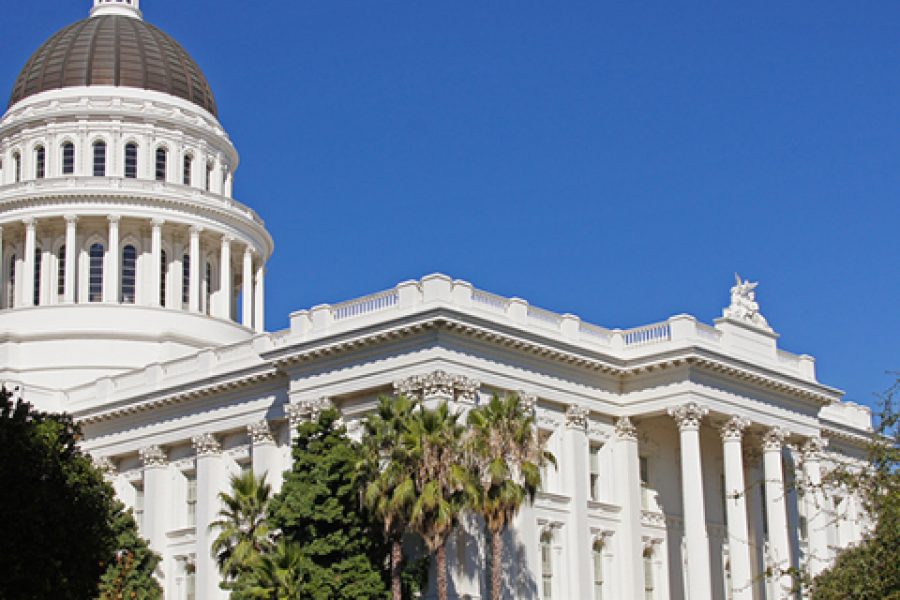Governor Newsom let the cat of the bag recently in an interview at the Milken Institute’ annual conference – California is going to see another of what he calls a “historic budget surplus” next year.
The Sacramento Bee reports that “in addition a surplus for next year’s budget, Newsom said California has already collected $14 billion more in tax revenue than expected for the current budget year.”
Newsom’s announcement is music to the ears of liberal state lawmakers at the State Capitol who never met a budget surplus they didn’t like. You can expect that they are putting together their spending wish list to get try and get the Governor to use some of the surplus to fund their big government priorities.
What could be line for new funding with next year’s surplus?
Newsom told the Milken audience that “he’ll propose using next year’s surplus to pay down $11.3 billion in pension obligations,” according to the Bee.
Such a move would be a good one. As PRI’s research uncovered a few years ago in a report on the state’s pension crisis, California’s “pension monster” – unfunded public employee pension obligations – had grown to nearly $1 trillion using a market estimate that better accounts for liabilities and risk than typical state estimates.
Pensions, along with unfunded retiree health care costs, are becoming an increasingly large part of the General Fund, which means this $11.3 billion is a drop of the bucket of what must be done to get the problem under control.
While liberal lawmakers may be OK with giving lip service to addressing the pension crisis, recall that last year’s final budget dragged on weeks into the new fiscal year when legislative Democrats demanded billions in higher spending than Newsom. Newsom was forced to give in to expand Medi-Cal eligibility to undocumented aged 50 and older as proposed by the Legislature, which was more generous than his plan to expand eligibility to the undocumented aged 60 and older.
Expect lawmakers to push for Newsom to instead use the lion’s share of this one-time cash infusion to pay for some of their big spending priorities, such as expanding so-called basic income programs, spending more money on electric vehicle subsidies and other green pursuits, and throwing billions more at ineffective government homeless programs.
One notable potential budget priority to watch is moving California toward a single-payer health care system. Newsom is a single-payer supporter but recognizes the political hot potato that creating a government-run health care system that outlaws private health insurance would be. He created a commission to study the issue, effectively setting aside for whenever – really, if – he wishes to take it up.
In the immediate aftermath of the September 14 recall election, nurses’ unions are more loudly demanding that Newsom finally take up the cause in the Legislature next year.
“They’re helping him stay in office, but that comes with an expectation for some action,” UCLA professor Mark Peterson told Kaiser Health News in September.
An additional $10 billion – $20 billion surplus won’t pay for the estimated $400 billion annual price tag of a California single-payer system, but that’s a lot of money that could be used to being transitioning more people on the government health care rolls.
The nonpartisan Legislative Analyst’s office will release their budget forecast later this month. Expect their projections to be less enthusiastic than those put forward by Newsom, especially with the recent news that the economy grew at a weak 2 percent in the third quarter – “the slowest gain of the pandemic era” according to CNBC.
Whatever the true surplus figure, expect Sacramento’s spending lobby will be lined up asking for their cut come January.
Tim Anaya is the Pacific Research Institute’s senior director of communications and the Sacramento office.


